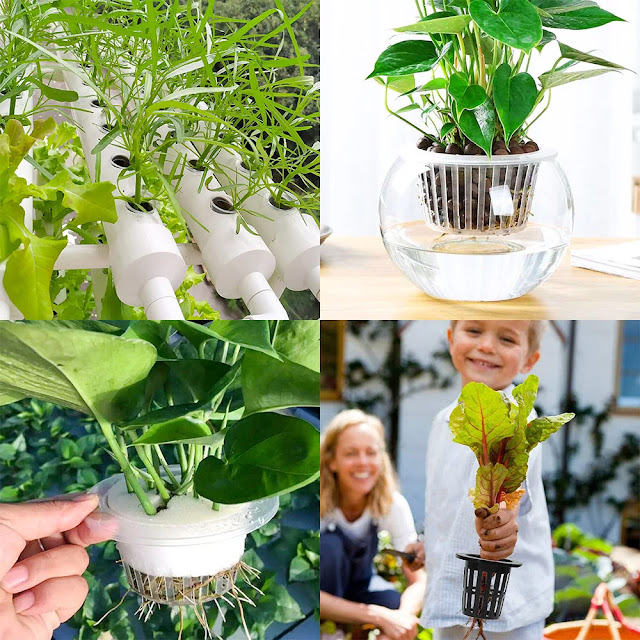What type of planters are best for indoor plants?
This article discusses the importance of selecting the right indoor planters for your plants, as it significantly impacts their health and growth. The choice depends on factors such as the type of plant, the environment, and personal style. Popular options include Terracotta pots, which are ideal for plants with well-drained soil and provide a rustic charm, Ceramic pots, which are versatile and come in a wide range of colors and styles, Self-watering pots, which provide a consistent water supply, and Hanging planters, which are perfect for small spaces and add a unique dimension to your indoor garden. By considering these factors, you can choose the best planter for your indoor plants.
 |
| Best Planters for Indoor Plants: Guide to Style and Function | AliExpress |
What do you put at the bottom of an indoor planter? To ensure proper drainage and to prevent root rot, use a layer of small stones or broken crockery at the bottom of your indoor planter. This allows excess water to drain, preventing soggy soil.
Do indoor plants do well in plastic pots? Plastic pots are popular due to their lightweight and cost-effective nature, but they may not be suitable for all plants. They are suitable for moisture-loving plants but lack breathability like terracotta or ceramic pots, so selecting the right material is crucial.
What Colour pots are best for indoor plants? Pot color can enhance indoor space aesthetics. Earthy tones like greens, browns, and whites blend well with most designs, while brighter colors can add personality and pop of color to your home.
Are metal pots bad for indoor plants? Metal pots are less commonly used for indoor plants since they absorb heat and may injure the roots. Consider coating a metal container with a plastic or clay liner to protect your plant's roots.
Do indoor plant pots need a hole in the bottom? Yes, drainage holes are essential for the health of your indoor plants. They enable excess water to escape, reducing root rot and overwatering. If your favorite pot lacks a hole, consider using a plastic insert with drainage or being cautious with your watering routine.
Do all indoor plants need drainage? While most indoor plants benefit from drainage, some plants, such as lucky bamboo, can grow in water-filled containers without drainage. However, it is critical to research the requirements of your individual plant.
How do you arrange indoor planters? Consider plant height, size, and color while creating an appealing acceptable indoor plant arrangement. To make an eye-catching display, group plants with comparable care requirements and vary their heights. Don't be scared to get creative with your arrangements.
How do you style indoor plants? Indoor plants can be styled to create a beautiful paradise in your home. Consider displaying plants on shelves, hanging them in macramé planters, or using beautiful stands. The appearance of your indoor garden can also be influenced by the pots you use and where they are placed.
Finally, selecting the finest planter for your indoor plants entails taking into account a variety of criteria such as the plant's requirements, your personal taste, and the surroundings of your home. Understanding the type of planter, correct maintenance, and creative styling will help you create a thriving and aesthetically beautiful indoor plant refuge that adds life and beauty to your house.
No comments:
Post a Comment